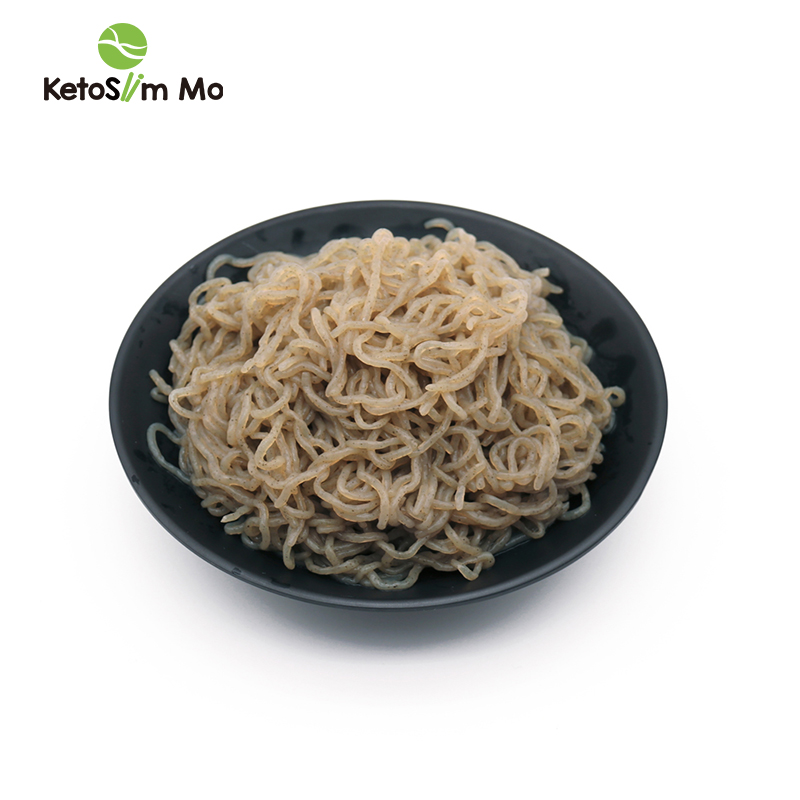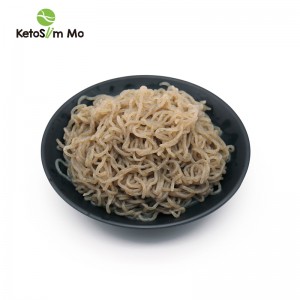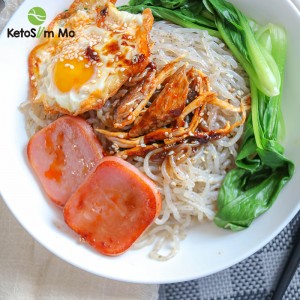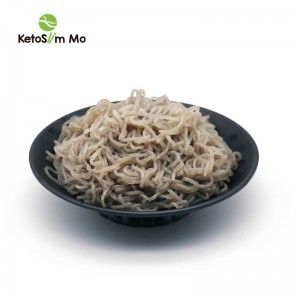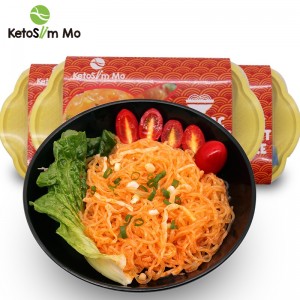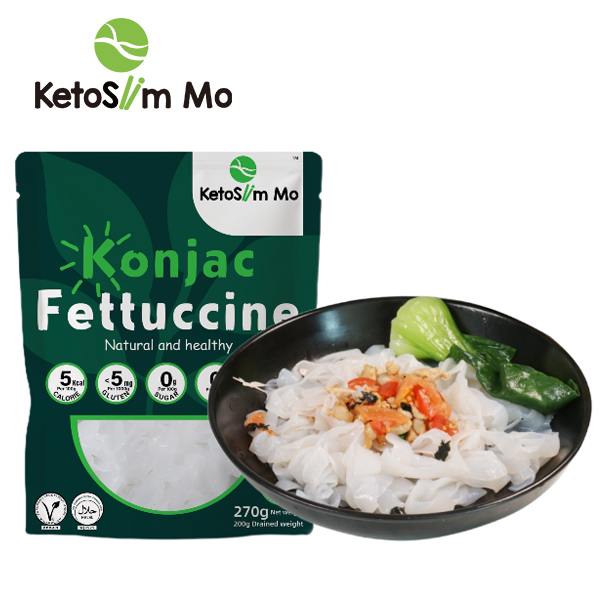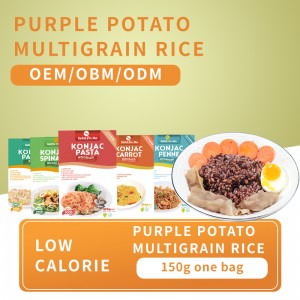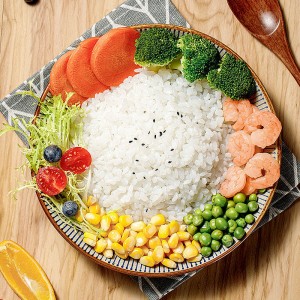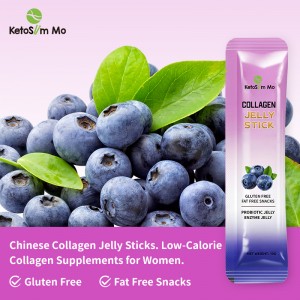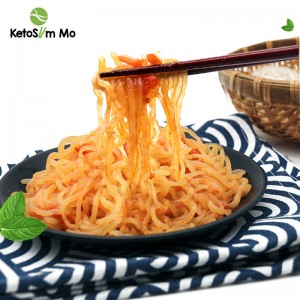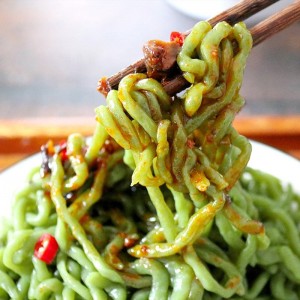zero calorie noodles whole foods Wholesale Konjac kelp noodles | Ketoslim Mo
Every 100 grams of zero-calorie noodles whole foods calorie value is equal to about 1 potato chips and 0.2 bananas, less intake of calories is equivalent to the normal female jogging 1 hour, 1.5 hours swimming, yoga 3 hours, low carb pasta, taste Q play strong way, can fry, boil, soup, mix
Wholesale low carb konjac spaghetti pure wet noodles Konjac kelp noodles
Products Description
| Product name: | konjac kelp noodles whole foods-Ketoslim Mo |
| Net weight for noodles: | 270g |
| Primary Ingredient: | Konjac Flour, Water |
| Fat Content (%): | 0 |
| Features: | gluten/fat/sugar-free, low carb/high fiber |
| Function: | lose weight, lower blood sugar, zero konjac noodles |
| Certification: | BRC, HACCP, IFS, ISO, JAS, KOSHER, NOP, QS |
| Packaging: | Bag, Box, Sachet, Single Package, Vacuum Pack |
| Our Service: | 1.One-stop supply china2. Over 10years experience3. OEM&ODM&OBM available4. Free samples5.Low MOQ |
Nutrition information
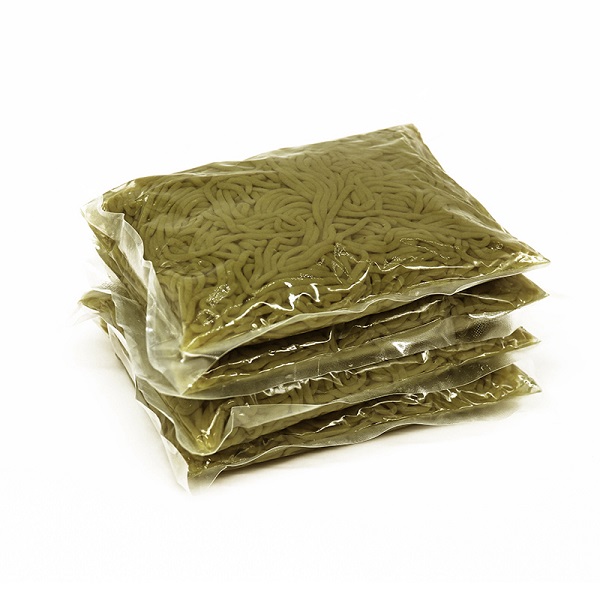
| Energy: | 4KCal |
| Sugar: | 0g |
| Fats: | 0 g |
| Carbohydrate: | 3.1g |
| Sodium: | 0mg |
Nutritional Value
Ideal Meal Replacement--Healthy Diet Foods
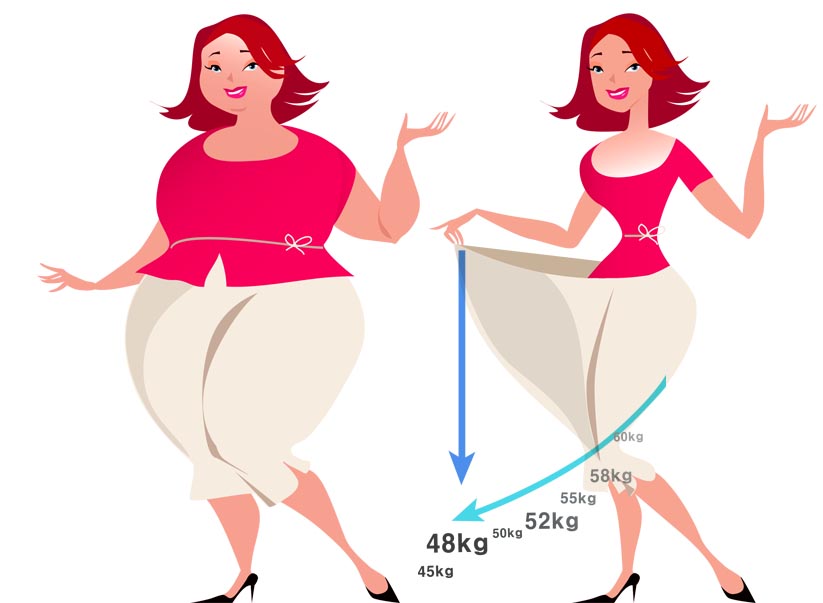
Assists in weig-ht loss
Low calorie
Good source of dietary fibre
Soluble dietary fiber
Alleviate hypercholesterolemia
Keto friendly
Hypoglycemic
What noodles have no calories?
| Miracle Noodles Whole Foods | Shirataki noodles are made from glucomannan, a fiber extracted from the root of konjac. Because the fiber passes through your intestines without being digested and makes you feel full, Wholefoods shirataki noodles are basically calorie-free and carb-free |
| Whole Foods | Which is healthier, plain rice or konjac noodles whole foods?... For comparison, 100 grams of white rice contains 175 calories. Fifty grams of noodles (dry, raw) also contain the same number of calories. So the same amount of noodles (say, 100g) will provide more calories |
| Kelp Noodles Calories | Calories 6 |
You may also like
Konjac: Detailed information
Konjac (Amorphophallus konjac K. Koch) belongs to the Araceae family, and originates from southeast Asia. It is grown in south and southeastern China and Vietnam. Its flowers are produced on a dark purplish spathe, with a thick tuber that can grow up to 30 cm in diameter.
The dried and pulverised tuber is called konjac flour, from which konjac glucomannan1 is obtained.
History
Konjac has been used in China, Japan and East Asia as food.
Benefits
Glucomannan is a soluble fibre that increases feelings of fullness and helps you lose weight.


